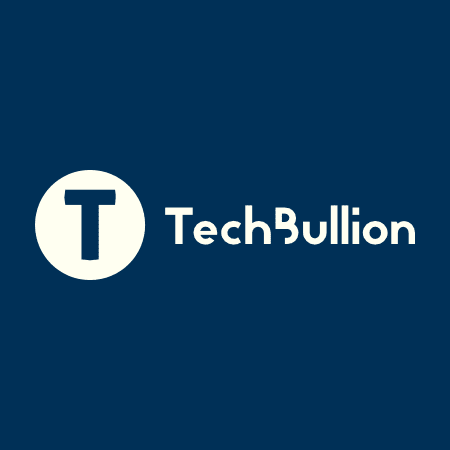TechBullion
5h
159

Image Credit: TechBullion
Legacy Systems Are the New Bottleneck: The Tech Debt No One Wants to Talk About
- Legacy systems within the insurance sector are causing a crisis, hindering digital innovation and real-time data access.
- Gartner projected that this year, 40% of companies' IT budgets will be spent on legacy system maintenance.
- This tech stagnation leads to poor user experiences for policyholders and missed opportunities for insurers.
- Policyholders expect real-time services and seamless experiences, which are impossible with outdated core systems.
- Technical debt from legacy systems is seen as a business liability, limiting product development and consuming IT budgets.
- Modernization efforts often start with digital payments as an essential step towards upgrading legacy infrastructure.
- Companies offering cloud-based payment tools are driving change and showcasing the benefits of agile tech.
- Leaders in the industry focus on quietly helping insurers upgrade systems over flashy disruptive technologies.
- The biggest barrier to modernization is the cultural resistance within insurance companies.
- Having a roadmap and internal political will are key for initiating changes and digital transformation.
- Proof points and starting with improvements in billing are crucial for operational budget flexibility and successful technological adoptions.
- Modern insurance infrastructure requires a long-term approach and partners who understand both legacy and modern systems.
- Leaders like Todd Greenbaum and companies like Input 1 pave the way for digital agility and modernization.
- The transition from legacy systems to modernization is necessary for staying competitive and ensuring future success.
- Whether it's through billing, claims, or customer engagement, the overdue modernization of legacy systems is imperative.
Read Full Article
9 Likes
For uninterrupted reading, download the app